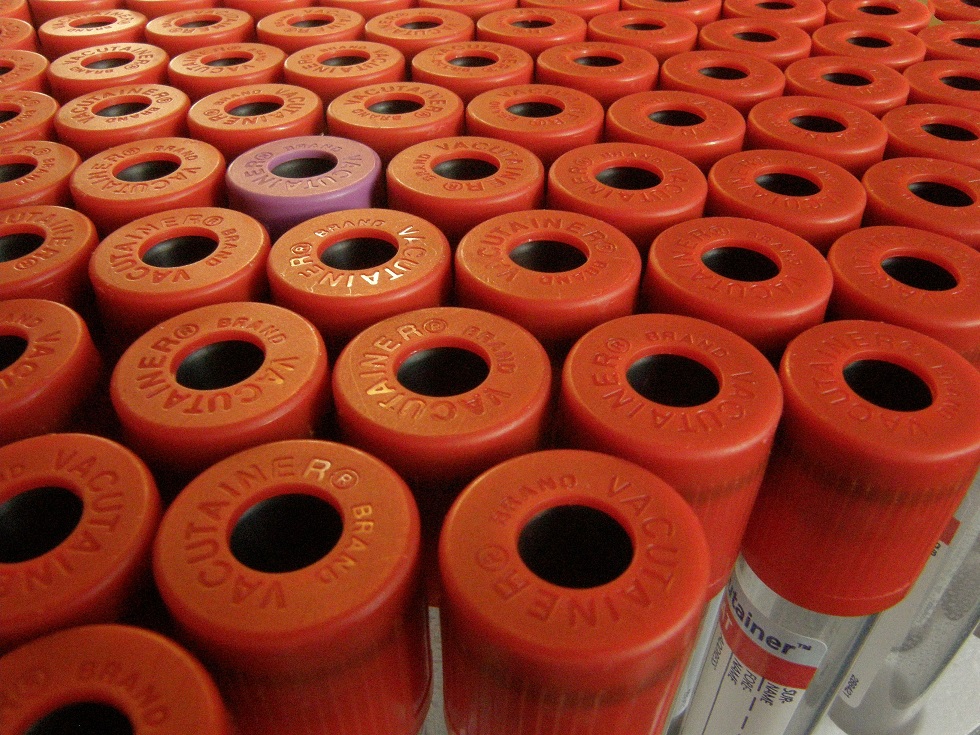Species: Dog, cat
Specimen: Serum
Container: Plain (red top) tube (gel tube can interfere with result)
Collection protocol: Fasted overnight. Trough sample preferred, within 1 hour of next scheduled dose. Peak is 4-8 hours post dosing.
Special handling/shipping requirements: Standard
General information about the disease: Commonly used and well-tolerated anti-epileptic drug used for initial and long-term management of seizures in dogs and cats.
Monitoring:
- At the first steady state concentration point of 2 weeks, then at the steady state clearance time point of 6 weeks after initiating therapy and six-monthly after that.
- Fasted trough samples taken first thing in the morning just prior to dosing are recommended to optimise consistency when comparing to published information, to avoid diurnal variation and dietary induced fluctuations in absorption.
- Assess any time there are two or more seizures between scheduled monitoring.
- Assess 2 weeks after any dosage adjustment.
- Six-monthly monitoring should include routine haematology, hepatic enzymes, and albumin, as phenobarbital usage may be associated with hepatotoxicity and blood dyscrasias.
Interpretation:
Dogs: effective therapeutic range of 65-150 µmol/L
Cats: effective therapeutic range of 65-194 µmol/L
Two idiosyncratic reactions to be aware of are an acute hepatotoxicity, resulting in a rapid and severe increase in ALT compared to ALP; and an idiosyncratic immune-mediated anaemia, neutropenia, thrombocytopenia or a combination of these, usually within the first 6 months of treatment.
Long term treatment can result in development of PU/PD, elevated ALP concentrations and more seriously, development of drug-induced hepatotoxicity. Hepatotoxicity is considered more to occur when phenobarbital concentrations are >150 µmol/L. A bile acid stimulation test may be useful to detect altered liver function.
If ALP elevations are high and Cushing’s needs to be ruled out, then ACTH stimulation testing and low dose dexamethasone suppression testing can be done as these tests are not affected by phenobarbital dosing.
T4 concentrations may be suppressed in dogs on phenobarbital, so interpret low T4 concentrations with caution.
Reference:
Podell M et al. 2015 ACVIM Small animal consensus statement on seizure management in dogs. Journal of Veterinary Internal Medicine 30:477-490, 2016.
Finnerty KE et al. Evaluation of therapeutic phenobarbital concentrations and application of a classification system for seizures in cats: 30 cases (2004-2013). Journal of American Veterinary Medical Association 244:195-199, 2014.

